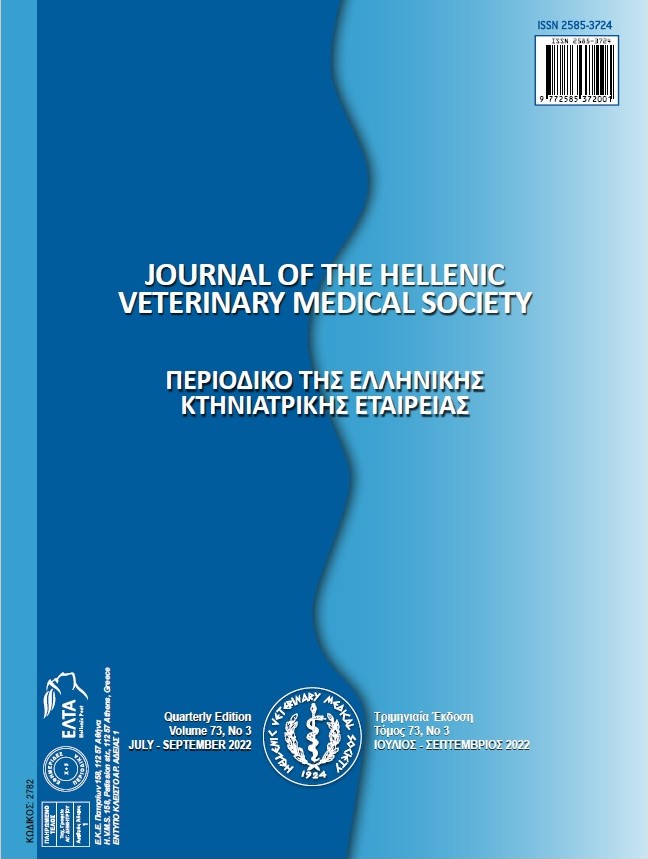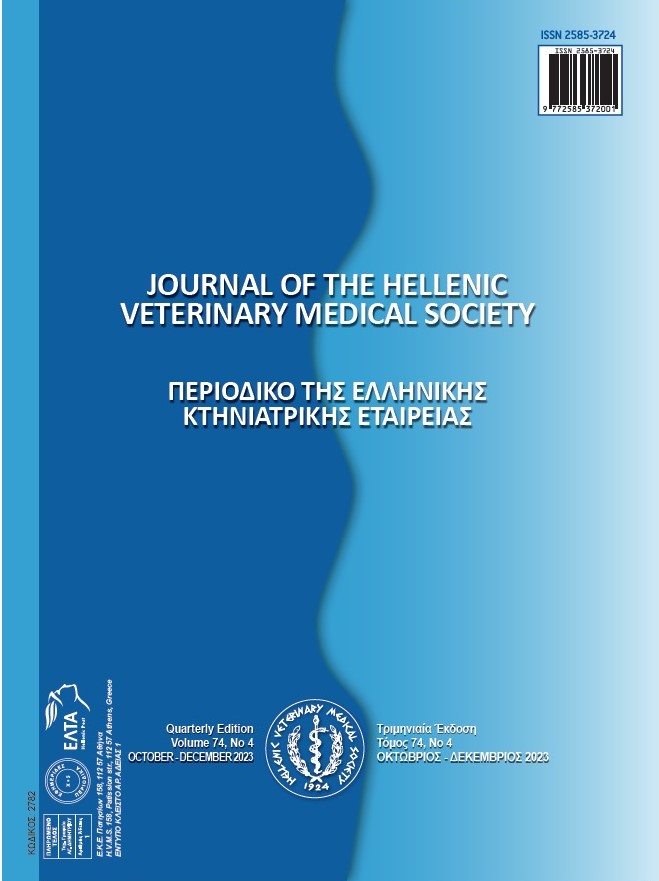Replacing soybean meal with sunflower meal in laying hens rations and its effects on cecal volatile fatty acids profile and intestinal microbial colonization

Résumé
This experiment was performed to evaluate the effects of replacing different levels of soybean meal with sunflower meal (with and without enzyme) on cecal volatile fatty acid profile and intestinal microbial colonization in laying hens. In this experiment, 360 laying hens from the age of 47 to 57 weeks, in 9 treatments and five replications (8 hens in each replicate) were performed as a 3 × 3 factorial experiment in a completely randomized design for ten weeks. The results showed that the replacement of 30 and 60 percent sunflower meal and enzyme (100 and 200 gr/ton) has significantly improved the concentration of n-valeric acid on the cecum of laying hens (P< 0.05). Simultaneously, increasing 30 percentage of sunflower meal or 100 of an enzyme enhanced isovaleric acid, n-butyric acid, isobutyric acid, propionic acid, and acetic acid (P< 0.05). Reduction in intestinal log Ecoli was discovered for samples treated with 30 and 60 percent of sunflower (P<0.05), but for log baglus that treated with 30 and 60 percent of sunflower showed higher (P<0.05). The main effects of the enzyme had no significant impact on the cecal microbial population (P>.0.05) while, the effect of meal source and enzyme additive interactions on the tested parameters was significant (P<.0.05). Hence, sunflower meal could be used as an alternative protein source in laying hens ration to improve cecal VFA profile and reduce cecal Ecoli population. Substitution of sunflower meal in laying hens is recommended.
Article Details
- Comment citer
-
Marami, M., Nobakht, A., Mazlum, F., & Mahdavi, S. (2022). Replacing soybean meal with sunflower meal in laying hens rations and its effects on cecal volatile fatty acids profile and intestinal microbial colonization. Journal of the Hellenic Veterinary Medical Society, 73(3), 4373–4378. https://doi.org/10.12681/jhvms.27060
- Numéro
- Vol. 73 No 3 (2022)
- Rubrique
- Research Articles

Ce travail est disponible sous licence Creative Commons Attribution - Pas d’Utilisation Commerciale 4.0 International.
Authors who publish with this journal agree to the following terms:
· Authors retain copyright and grant the journal right of first publication with the work simultaneously licensed under a Creative Commons Attribution Non-Commercial License that allows others to share the work with an acknowledgement of the work's authorship and initial publication in this journal.
· Authors are able to enter into separate, additional contractual arrangements for the non-exclusive distribution of the journal's published version of the work (e.g. post it to an institutional repository or publish it in a book), with an acknowledgement of its initial publication in this journal.
· Authors are permitted and encouraged to post their work online (preferably in institutional repositories or on their website) prior to and during the submission process, as it can lead to productive exchanges, as well as earlier and greater citation of published work.





